Mold on Plant Soil Problems? Here Are 3 Easy Solutions
Have you ever noticed white, fuzzy growth on your houseplant’s soil? If so, you’re dealing with mold on plant soil – one of the most common problems indoor gardeners face. This frustrating issue can make your beautiful plants look sick and unhealthy. But don’t worry! You’re not alone in this struggle.
Mold on plant soil appears when conditions become too moist and humid around your houseplants. It’s like an unwelcome guest that shows up when your plant’s environment isn’t quite right. The good news is that this problem is fixable with the right approach.
Spotting mold on plant soil early is key to keeping your green friends healthy. Look for these warning signs in your containers:
- White or gray fuzzy patches on the soil surface
- A musty, unpleasant smell is coming from your plant pots
- Your houseplant’s leaves are turning yellow or looking droopy
- The soil is staying wet much longer than usual
Why should you act fast when you see mold on plant soil? Mold can harm your plants in several ways. It competes with your houseplants for nutrients, can cause root rot, and creates an unhealthy environment that weakens your plants over time. Plus, some molds can even affect the air quality in your home.
The great news is that fixing mold on plant soil doesn’t have to be complicated or expensive. In this guide, you’ll learn three simple solutions that work. These methods are easy to follow, use items you probably already have at home, and will help you create a healthier environment for your beloved houseplants.
Table of Contents
Table of Contents
Understanding Mold on Plant Soil: Causes and Identification




Before we jump into solutions, let’s understand what causes mold on plant soil and how to spot it. Knowing the root causes helps you prevent future problems and keep your houseplants thriving.
What Causes Mold on Plant Soil
Mold loves certain conditions, and unfortunately, these are sometimes the same conditions we create when caring for our houseplants. Here are the main culprits behind mold on plant soil:
Overwatering and Poor Drainage Issues
The biggest cause of mold on plant soil is too much water. When you water your plants too often or give them too much water at once, the soil stays wet for long periods. This creates the perfect breeding ground for mold spores to grow and multiply.
Poor drainage makes this problem even worse. If water can’t escape from your plant’s container, it sits in the soil and creates a swampy environment that mold loves.
High Humidity and Inadequate Air Circulation
Mold thrives in humid, stuffy conditions. If your houseplants are in a room with high humidity and little air movement, you’re creating ideal conditions for mold on plant soil to develop. Bathrooms, basements, and crowded plant corners are common problem areas.
Contaminated Potting Mix or Soil Quality Problems
Sometimes, mold on plant soil starts with the potting mix itself. Low-quality soil or contaminated potting mix can already contain mold spores. Old potting soil that’s been stored in damp conditions is especially risky.
Low Light Conditions That Promote Fungal Growth
Plants in dark corners or areas with poor lighting are more likely to develop mold on the plant soil. Why? Because low light means the soil dries out more slowly, and plants can’t photosynthesize properly, making them weaker and less able to resist mold growth.
| Mold Causes | Risk Level | Easy to Fix? |
|---|---|---|
| Overwatering | High | Yes |
| Poor drainage | High | Yes |
| High humidity | Medium | Moderate |
| Bad potting mix | Medium | Yes |
| Low light | Low | Moderate |
How to Identify Mold on Plant Soil
Not all growth on soil is bad! It’s important to know the difference between harmful mold and beneficial organisms. Here’s what to look for when checking for mold on plant soil:
White Fuzzy Growth on Soil Surface
The most obvious sign of mold on plant soil is white, gray, or sometimes greenish fuzzy growth on top of the soil. It looks like cotton or spider webs covering your plant’s dirt. This growth might start small, but it can quickly spread across the entire soil surface.
Musty Odor from Plant Containers
Healthy plant soil should smell earthy and fresh. If you notice a musty, sour, or unpleasant smell coming from your plant containers, that’s a strong sign of mold on the plant soil. Trust your nose – it’s usually right!
Yellowing or Wilting Houseplant Leaves
While yellow leaves can have many causes, when combined with visible mold on the plant soil, it’s often a sign that the mold is affecting your plant’s health. The mold competes with your plant for nutrients and can damage the roots.
Difference Between Mold and Beneficial Soil Organisms
Not everything growing in your soil is bad! Sometimes you might see tiny white threads or spots that are beneficial fungi called mycorrhizae. These help your plants absorb nutrients. The key difference is that beneficial fungi usually appear as thin white threads throughout the soil, while harmful mold on plant soil appears as fuzzy patches on the surface.
Solution 1 – Improve Watering and Drainage Practices
The first and most important step in fighting mold on plant soil is getting your watering routine right. Most mold problems start with too much water, so fixing this issue often solves the problem completely.
Adjusting Your Watering Schedule
How Overwatering Creates Mold on Plant Soil Conditions
When you water your plants too often, the soil never gets a chance to dry out properly. This constant moisture creates the perfect environment for mold spores to settle in and grow. Think of it like leaving wet clothes in a pile – they’ll start to smell and develop mold pretty quickly!
Overwatering also pushes air out of the soil, which plants need for healthy root growth. Without proper air circulation in the soil, beneficial bacteria can’t do their job of keeping harmful mold in check.
Testing Soil Moisture Before Watering Houseplants
The best way to prevent overwatering is to check your soil before adding more water. Here are simple ways to test if your plants need water:
- The Finger Test: Stick your finger about 1-2 inches into the soil. If it feels dry, it’s time to water. If it’s still moist, wait a few more days.
- Weight Method: Lift your plant pot. Dry soil makes the pot much lighter than wet soil. With practice, you’ll learn to tell when your plants need water just by lifting them.
- Wooden Stick Test: Push a wooden chopstick or pencil into the soil. If it comes out clean and dry, your plant needs water. If the soil sticks to it, wait longer.
Proper Watering Frequency for Different Plant Types
Different houseplants have different water needs. Here’s a general guide to help you avoid creating conditions for mold on plant soil:
| Plant Type | Watering Frequency | Soil Dryness Level |
|---|---|---|
| Succulents | Every 1-2 weeks | Completely dry |
| Tropical plants | Every 4-7 days | Top inch dry |
| Ferns | Every 3-5 days | Slightly moist always |
| Snake plants | Every 2-3 weeks | Mostly dry |
| Pothos | Every 5-7 days | Top inch dry |
Remember, these are just guidelines. Your home’s temperature, humidity, and lighting will affect how quickly your plants use water.
Enhancing Drainage Systems
Good drainage is crucial for preventing mold on plant soil. Even if you water correctly, poor drainage can still cause problems.
Choosing Containers with Adequate Drainage Holes
Every plant container should have drainage holes in the bottom. These holes let excess water escape so it doesn’t sit in the soil and create mold conditions. If you have a decorative pot without holes, either drill some holes or use it as an outer container with a smaller pot inside that has proper drainage.
The drainage holes should be big enough to let water flow freely, but not so big that soil falls out. For most houseplants, holes about 1/4 to 1/2 inch wide work well.
Adding Drainage Materials to Prevent Waterlogged Soil
You can improve drainage by adding materials to the bottom of your pots or mixing them into your soil:
- Perlite: These white, lightweight pellets help water drain and add air to the soil
- Gravel or small stones: A layer at the bottom helps water flow out
- Bark chips: Mix these into potting soil for orchids and other plants that like good drainage
- Coarse sand: Helps heavy soils drain better
Selecting Well-Draining Potting Mix for Houseplants
The right potting mix makes a huge difference in preventing mold on plant soil. Look for mixes that contain:
- Perlite or vermiculite for drainage
- Bark or coconut coir for air spaces
- Quality compost for nutrients
- Avoid mixes that feel heavy or clay-like
You can also make your well-draining mix by combining regular potting soil with perlite and bark chips in a 2:1:1 ratio.
Solution 2 – Optimize Environmental Conditions
Creating the right environment around your houseplants is key to preventing mold on plant soil. By controlling humidity, airflow, and lighting, you can make your home less friendly to mold growth.
Managing Humidity Levels
Ideal Humidity Ranges for Preventing Mold on Plant Soil
Most houseplants do well with humidity levels between 40% and 60%. This range keeps your plants happy while making it harder for mold on the plant soil to develop. Humidity above 70% creates perfect conditions for mold growth, while humidity below 30% can stress your plants.
You can check your home’s humidity with an inexpensive hygrometer from any hardware store. These small devices will help you monitor conditions and make adjustments as needed.
Using Fans and Ventilation to Improve Air Circulation
Moving air is mold’s enemy! Good air circulation helps soil dry out at a healthy pace and prevents the stuffy conditions that encourage mold on plant soil. Here are easy ways to improve airflow:
- Ceiling fans: Keep them running on low speed to create gentle air movement
- Small desk fans: Point them near (but not directly at) your plants
- Open windows: When weather allows, fresh air exchange helps a lot
- Space plants apart: Don’t crowd plants together – give them room to breathe
Positioning Houseplants for Better Airflow
Where you place your plants matters a lot for preventing mold on the plant soil. Avoid these problem spots:
- Corners where air doesn’t move much
- Against walls with no space behind them
- Under shelves or in enclosed cabinets
- Bathrooms without ventilation fans
Instead, try these better locations:
- Near windows with good air circulation
- On plant stands that lift them off the floor
- In rooms with ceiling fans or good ventilation
- Spaced at least 6 inches apart from each other
Providing Adequate Lighting
How Light Exposure Affects Soil Moisture and Mold Growth
Light plays a bigger role in preventing mold on plant soil than many people realize. Good lighting helps soil dry out naturally and keeps plants healthy enough to resist mold problems. In low light conditions, soil stays wet longer and plants become weaker, making mold growth more likely.
Sunlight also has natural antifungal properties that help keep mold spores from taking hold in your plant containers.
Best Lighting Conditions for Healthy Indoor Plants
Different plants need different amounts of light, but here are general guidelines for preventing mold on plant soil:
- Bright, indirect light: Best for most houseplants – near a window but not in direct sun
- Direct morning sun: Gentle and helpful for drying soil naturally
- Avoid deep shade: Very dark areas encourage mold growth
- Rotate plants: Turn them weekly so all sides get light exposure
Moving Plants to Brighter Locations When Needed
If you notice mold on plant soil, one quick fix is moving your plants to brighter spots. Look for these signs that your plants need more light:
- Soil that stays wet for more than a week
- Pale or yellowing leaves
- Slow growth or no new growth
- Visible mold or fungus on the soil
When moving plants to brighter locations, do it gradually over a week to avoid shocking them. Start with a few hours of brighter light, then increase daily until they’re in their new permanent spot.
Solution 3 – Remove Existing Mold and Refresh Soil
When you already have mold on plant soil, you need to take action to remove it safely and prevent it from coming back. This solution involves hands-on cleaning and sometimes replacing contaminated soil.
Safe Mold Removal Techniques
Step-by-Step Process to Remove Mold from Plant Soil
Here’s exactly how to safely clean mold from your plant containers:
- Move the plant: Take your affected plant to a well-ventilated area, preferably outside or near an open window.
- Remove visible mold: Use a spoon or small shovel to gently scrape off the moldy soil from the surface. Don’t dig too deep – just remove the moldy parts.
- Dispose of moldy soil: Put the contaminated soil in a sealed bag and throw it away. Don’t compost it or reuse it anywhere.
- Clean the pot: If mold has spread to the container, wash it with a solution of 1 part bleach to 10 parts water. Rinse thoroughly and let it dry completely.
- Treat remaining soil: Spray the remaining soil lightly with a natural antifungal solution made from 1 teaspoon baking soda mixed with 1 cup water.
- Add fresh soil: Top off with fresh, high-quality potting mix to replace what you removed.
Tools and Materials Needed for Safe Cleanup
Gather these items before starting your mold on plant soil cleanup:
- Disposable gloves
- A face mask to avoid breathing spores
- Small spoon or garden trowel
- Plastic bags for disposal
- Spray bottle for antifungal solution
- Fresh potting mix
- Bleach for container cleaning
- Paper towels or disposable rags
Protecting Yourself During the Mold Removal Process
Your safety comes first when dealing with mold on plant soil. Follow these protection steps:
- Always wear gloves to avoid skin contact
- Use a dust mask to prevent breathing mold spores
- Work in a well-ventilated area
- Wash hands thoroughly after cleanup
- Change clothes if they get dusty from mold spores
- Keep pets and children away during cleanup
Soil Replacement and Treatment
Sometimes cleaning the surface isn’t enough, and you need to replace the contaminated potting mix completely.
When to Replace Contaminated Potting Mix Completely
You should replace all the soil when:
- Mold covers more than half the soil surface
- The soil smells very moldy or sour
- Your plant’s roots look black or mushy
- Mold keeps coming back after surface cleaning
- The soil stays wet for more than 10 days after watering
How to Sterilize Existing Soil for Reuse
If you want to save money by reusing soil, you can sterilize it to kill mold spores:
- Oven method: Spread moist soil on a baking sheet and heat at 200°F for 30 minutes. Let it cool completely before using.
- Microwave method: Put damp soil in a microwave-safe container and heat for 2-3 minutes. Stir and let cool.
- Boiling water method: Pour boiling water over the soil until it’s thoroughly soaked. Let it drain and cool before use.
Choosing High-Quality Soil to Prevent Future Mold Issues
Prevent future mold on plant soil problems by selecting better potting mixes:
| Soil Feature | Why It Helps | What to Look For |
|---|---|---|
| Good drainage | Prevents waterlogging | Contains perlite, vermiculite |
| Sterile ingredients | No existing mold spores | Heat-treated or sterilized |
| Proper pH balance | Supports plant health | pH 6.0-7.0 for most plants |
| Quality ingredients | Less likely to mold | Recognizable brand names |
| Fresh packaging | No contamination | Recently manufactured |
Prevention Tips to Keep Mold on Plant Soil Away
The best way to deal with mold on plant soil is to prevent it from happening in the first place. These long-term strategies will help you maintain healthy plants and avoid future mold problems.
Long-term Houseplant Care Strategies
Regular Monitoring and Maintenance Schedule
Create a simple routine to check your plants and catch problems early:
Weekly Tasks:
- Check soil moisture levels in all plants
- Look for early signs of mold on the plant soil
- Remove any dead leaves or debris
- Rotate plants for even light exposure
Monthly Tasks:
- Deep inspection of the soil surface and plant health
- Clean plant leaves with a damp cloth
- Check drainage holes aren’t blocked
- Adjust the watering schedule based on seasonal changes
Seasonal Tasks:
- Replace old potting mix in spring
- Move plants closer to windows in winter
- Install humidifiers in dry winter months
- Increase ventilation during humid summer months
Seasonal Adjustments for Indoor Gardening Success
Your houseplant care needs to change with the seasons to prevent mold on the plant soil:
Spring: Plants start growing more, so they need more water and nutrients. This is the best time to repot and refresh the soil.
Summer: Higher humidity and temperatures can increase mold risk. Improve ventilation and check the soil more often.
Fall: Plants slow down their growth. Reduce watering frequency to match their lower needs.
Winter: Low humidity and less light mean slower soil drying. Water less often and consider grow lights.
Creating Optimal Growing Conditions for Your Plants
Set up your plant areas to naturally discourage mold on plant soil:
- Choose locations with good natural light and air circulation
- Use plant stands to lift plants off cold floors
- Group plants loosely – close enough to create humidity, but far enough apart for airflow
- Keep plant areas clean and free of fallen leaves or debris
- Use saucers under a pot, but empty them after watering
Early Warning Signs to Watch For
Monthly Soil Inspection Checklist
Use this checklist during your monthly plant inspections to catch mold on plant soil before it becomes a big problem:
□ Soil surface looks clean and normal colored □ No musty or sour odors from containers □ Soil dries out within 5-7 days of watering □ Plant leaves look healthy and green □ No white, gray, or green fuzzy growth visible □ Drainage holes are clear and functional □ Container shows no signs of mold or algae □ Plant growth seems normal for the season
Identifying Problems Before Mold on Plant Soil Develops
Watch for these early warning signs that could lead to mold problems:
- Soil is staying wet longer than usual
- Slight musty smell that’s just starting
- Small areas of discolored soil
- Plant leaves are looking less vibrant
- Slower growth than normal
- Water is pooling on the soil surface after watering
Quick Intervention Techniques for Small Issues
When you spot early warning signs, act fast with these simple fixes:
- Reduce watering frequency until the soil dries out properly
- Improve air circulation by adding a small fan or moving the plant
- Remove the top inch of soil and replace it with fresh potting mix
- Move the plant to a brighter, more ventilated location
- Check the drainage and add perlite if water isn’t flowing well
EFFECTIVELY KILL Moldy Top Soil | Treating Mold On Plant Soil | Houseplant Care Tips | Plant Care
FAQs About Mold on Plant Soil
Is mold on plant soil dangerous to humans?
Most mold on plant soil isn’t dangerous to healthy people, but it can cause allergic reactions or breathing problems for sensitive individuals. Always wear gloves and a mask when cleaning moldy soil, and keep the area well-ventilated.
Can I use cinnamon to prevent mold on plant soil?
Yes! Cinnamon has natural antifungal properties. Sprinkle a light layer of ground cinnamon on your soil surface to help prevent mold growth. It’s safe for plants and people.
How often should I replace potting soil to prevent mold on the plant soil?
Replace potting soil every 1-2 years for most houseplants, or sooner if you notice recurring mold problems. Fresh soil provides better drainage and fewer mold spores.
Does mold on plant soil mean my plant is dying?
Not necessarily. Mold on plant soil is usually a care issue rather than a plant health crisis. Most plants can recover completely once you fix the underlying moisture and drainage problems.
Can I prevent mold on plant soil naturally without chemicals?
Absolutely! The best prevention is proper watering, good drainage, adequate light, and air circulation. Natural options like cinnamon, baking soda solutions, and chamomile tea can also help prevent mold growth.
Conclusion
Dealing with mold on plant soil doesn’t have to be scary or complicated. By following these three simple solutions – improving your watering and drainage practices, optimizing environmental conditions, and safely removing existing mold – you can solve this common houseplant problem and prevent it from coming back.
Remember, the key to preventing mold on plant soil is creating an environment where your plants thrive, but mold doesn’t. This means finding the right balance of moisture, light, and air circulation. Most mold problems start with too much water, so getting your watering routine right is often the most important step.
Consistent houseplant care makes all the difference. By checking your plants regularly, adjusting care with the seasons, and catching problems early, you’ll enjoy healthy, beautiful houseplants without the frustration of recurring mold issues.
Don’t let mold on plant soil discourage you from growing beautiful houseplants. With these proven strategies and a little attention to detail, you can create a thriving indoor garden that brings joy and fresh air to your home.
Ready to say goodbye to mold on plant soil forever? Start with Solution 1 today by checking your watering routine and improving drainage in your plant containers. Your houseplants will thank you with healthier growth and vibrant, mold-free soil!

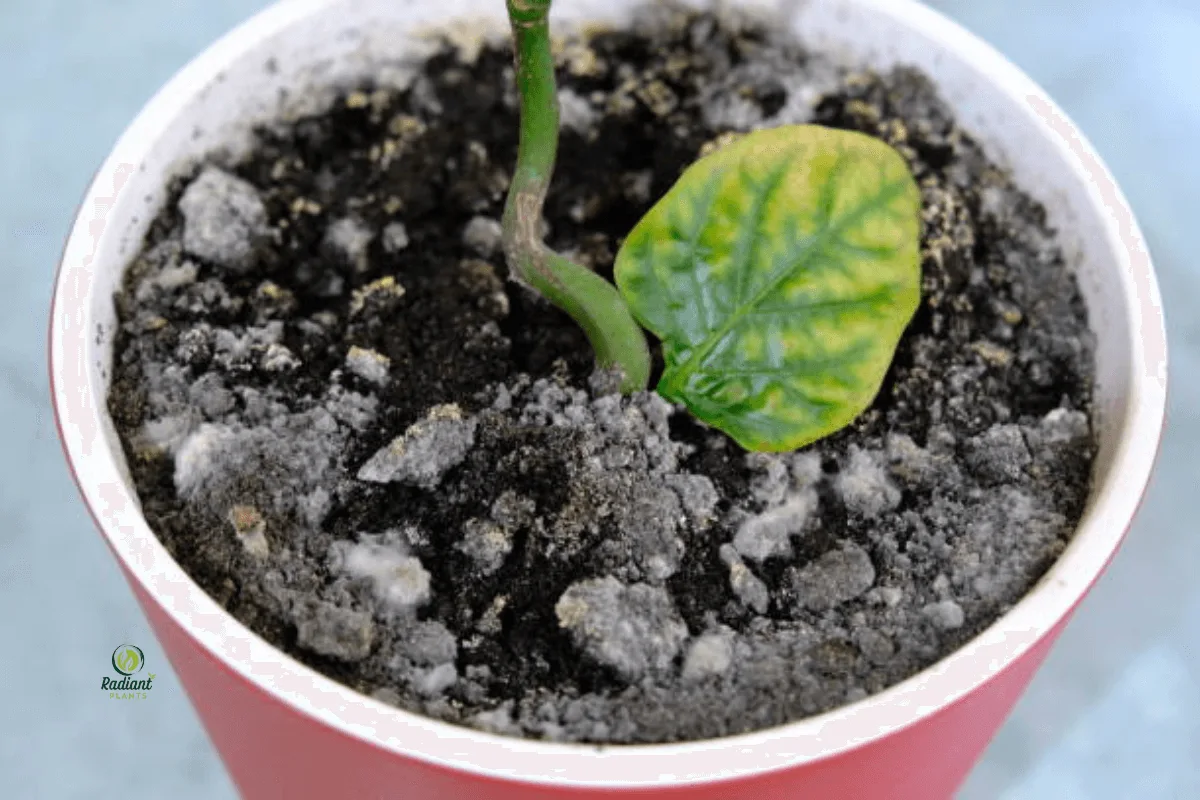
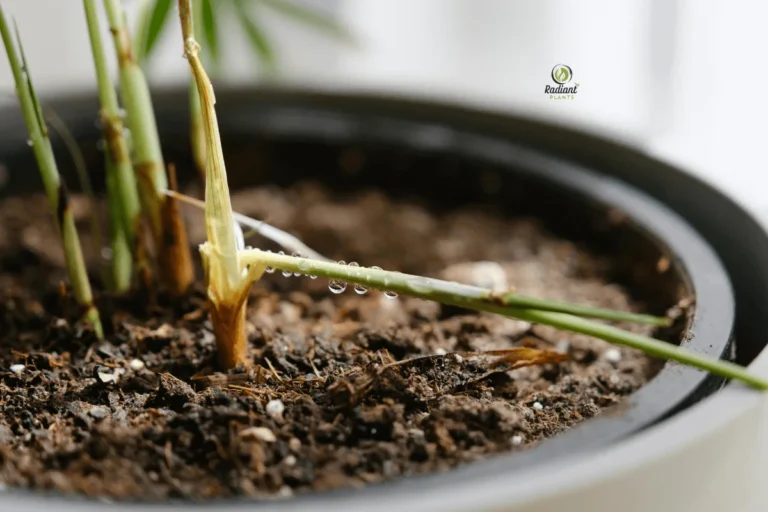
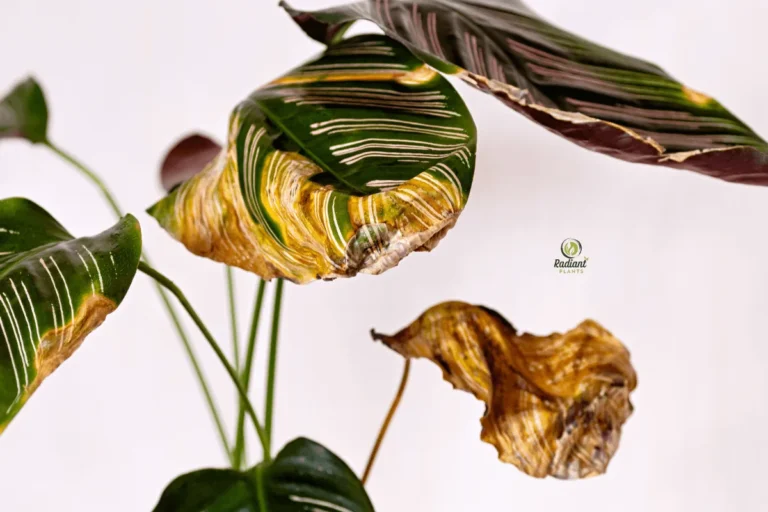
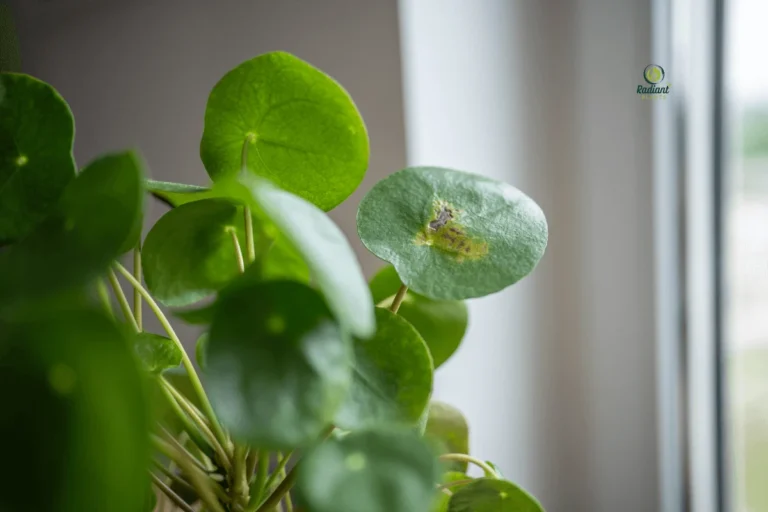


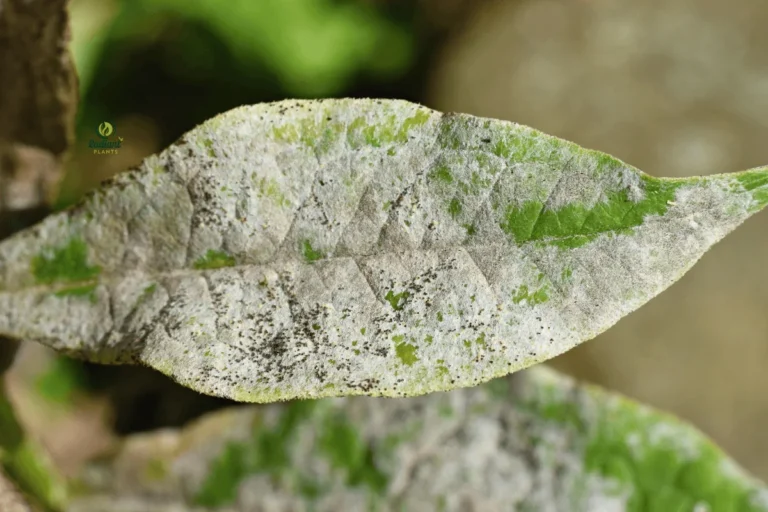
2 Comments